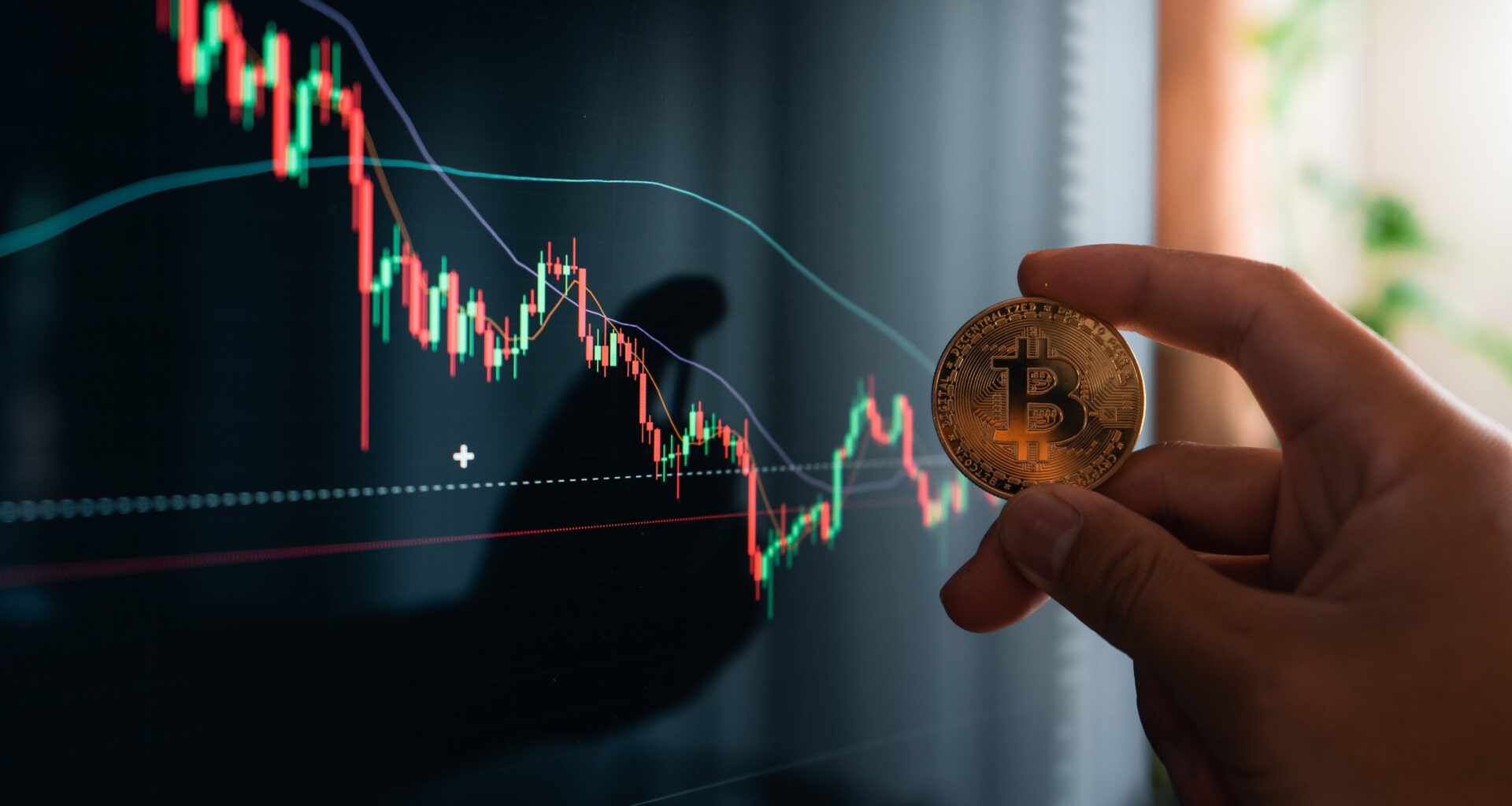There’s no denying it: 2022 has been a tough year for investors across all sectors and global regions so far. ‘Unprecedented’ seismic global events have hampered the 2021 retail and institutional bull run to such a degree that the word seems to be losing its meaning.
The pandemic’s long term pressures are far from over, with supply chains and circulation of goods still hampered by a slow post-COVID rebound and the most draconian and financially impactful Chinese lockdowns yet. The largest war in Europe since WW2 is creating food staple shortages that threaten to slip into famine territory and the economic sanctions imposed on Russian businesses have further destabilised a vulnerable global economy.
This less-than-pretty scenario is compounded by a bonds market that can’t seem to reprise its pre-pandemic traditional positioning as a hedge against stock price uncertainty, diminished confidence in the housing market’s continued fortune and, more generally, by the ghost of a recession looming
Some have pointed to assets traditionally considered ‘store of value’ during the last bull run, such as gold and, indeed, cryptocurrency. But recent trends in the crypto market seem to point to a divergence from such a prized category.
Store of Value or Store of Risk?

That crypto, or Bitcoin more specifically, could inherit gold’s historical market role as an inflation hedge was one of the most commonly repeated assumptions during the boom of institutional interest in 2021, and Goldman Sachs was on board with this idea until very recently.
Early 2022 has shown that even if this possibility is still on the cards, there’s a long way to go – and the mainstream media discourse around the issue seems to be consolidating around a negative consensus. While the technical fundamentals of Bitcoin and blockchain-based technologies have not changed and their potential is still theoretically untouched, the market seems to have collectively decided ‘store of value’ is not where cryptocurrencies reside, at least for now.
The New York Times recently outlined how this isn’t just a question of sentiment, but rather a fact backed by hard data and justifiable with the change in the profile of the typical crypto investor over the past couple of years.
In essence, the market is not dominated by blockchain idealists anymore, but rather by professional traders who ‘see it as part of a larger portfolio of high-risk, high-reward tech investments’ – leading to the Bank of America classing cryptocurrencies as a risk asset in early February. On top of this, the institutional investors that have entered the space are more sensitive to changes in capital availability, and thus, interest rates – which are causing much of the current stock market woes.
These changes seem to be confirmed by the recent price movements of major coins such as ETH and BTC – seemingly in tune with a wider tech sell-off (although with slightly milder tones) despite the otherwise healthy technical and adoption fundamentals.
Further proof can be found in a series of correlation indices that track the price codependency crypto is developing with staples of the stock market such as the S&P500, the NASDAQ and emerging markets.
In 2022, the Bitcoin-NASDAQ correlation index tracked by Arcane Research has slowly crept up to 1 – the value chosen to symbolise maximum price synchronicity. As of this week, it stands at 0.82, the highest ever recorded – while simultaneously diverging from the classic ‘store of value’ asset, gold bullion.
As for the S&P 500, the correlation stood at a reassuring 0.01 during the 2017-2019 period but started to rise during the pandemic, reaching a whopping 0.36 during the pandemic and soaring to 0.49 this year. This is, again, one of the highest values ever recorded for this index.
To further generate stress at the IMF headquarters, there also seems to be a rising ‘cryptoization’ of the emerging markets – which, given the uneasy sentiment and aforementioned correlations runs the risk of threatening financial stability and fiscal efficiency in developing economies, especially in Asia and the Middle East.
In a twisted turn of events for crypto investors, recent times have shown more correlation between stocks and crypto than between stablecoins and their fundamental USD pegs.
In essence, cryptocurrency seems to have tied itself to a different class of assets than its early adopters had expected – and to have done so at the worst possible time in recent financial history.
Volatility Easing
Despite the somewhat disheartening picture painted above, there is good news to look to.
It’s strange to write this during one of the most volatile weeks in years, but 30-day markers show that Bitcoin’s propensity for wild fluctuations (one of the characteristics most commonly used to discredit its merits as a financial vehicle of the future) seems to be decreasing at a healthy pace.
The below volatility chart shows that the stock correlation is also, slowly but surely, having some positive effects – most likely through a few other contributing factors. It is important to note that while the descent in the numbers isn’t as steep as one might wish to see for such claim, that the data was skewed by a massive, one-off volatility event – the COVID-19 impact.
It is indeed natural for volatility to decrease with inverse proportionality to an asset’s market cap, and even more so with an increase in trading volume – both features of the 2021 bull run that propelled crypto from nice financial speculation to mainstream acceptance.
It is important to note that while the descent in the numbers isn’t as steep as one might wish to see for such a claim, the data was skewed by a massive, one-off volatility event – the COVID-19 impact.
So, while wider adoption is potentially pushing crypto away from a ‘store of value’ function and into the risk asset realm, it is also steadily improving its ‘maturity’ as an investment vehicle and stabilising it.
Another thing that steadies regular stock markets is governmental intervention and heavy regulation: both things the crypto community has historically shunned, and that seems to be coming to an end.
Authorities in both the EU and US have put out calls for industry-wide regulations which might help make the blockchain-based market less wild and introduce currently undefined balancing mechanisms. This seems like a natural consequence of the further integration between equities and crypto, as governments will want to capitalise on the wealth generated by such assets without losing control and compromising on financial centralisation.
As antithetical to Satoshi’s vision for Bitcoin this might be, it’s likely to bring significant progress to the quest for crypto’s maturity.
The Silver Lining Of Integration

Until these hedges against volatility are fully implemented, the market will remain prone to fluctuations and tightly correlated to stocks – and a choice between the two asset classes will remain unnecessary and possibly ineffective.
Despite this, there are reasons to rejoice. Some believe the current sell-off and class transition is just another step towards crypto’s deeper integration with the broader financial system.
This is symbolised by the percentage of capital outflow associated with recent price crashes. While in terms of pure numbers the outflows are significantly bigger than in previous bear market incipits, this is simply caused by the much bigger market cap involved.
As James Butterfill of CoinShares recently stated, ‘Total outflows as a percentage under management were 5% in 2018, and are only at 1% this time around’.
This speaks volumes in terms of the legitimisation of cryptocurrencies as a future traditional asset class, as well as providing an important silver lining for those with ideological opposition to the institutionalisation of blockchain-centric projects.









